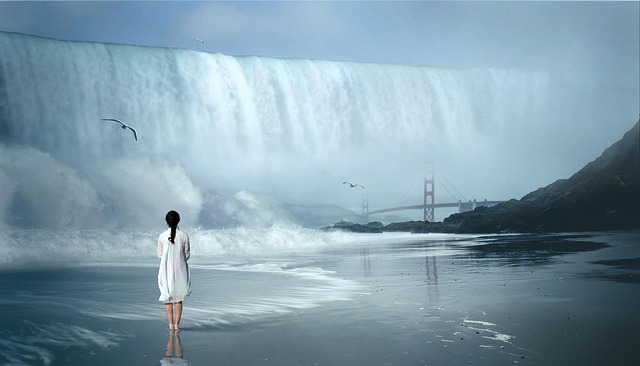As we witness the undeniable effects of climate change, the rising tides of coastal floods are becoming a pressing reality for many communities around the world. These floods, often triggered by a combination of sea-level rise and extreme weather events, represent not only a direct threat to our environment but also a poignant reminder of our relationship with nature and the delicate balance we must strive to maintain.
Coastal areas, with their stunning landscapes and vibrant ecosystems, have always been at the heart of many cultures and economies. However, as storms become more aggressive and sea levels continue to rise, these regions are increasingly vulnerable. The devastation wrought by coastal floods goes beyond physical damage; it displaces communities, disrupts livelihoods, and leads to a loss of biodiversity that takes generations to restore.
The environmental impact of coastal floods is profound. Saltwater intrusion affects freshwater supplies, damaging agriculture and threatening food security. Aquatic ecosystems, including coral reefs and mangroves, struggle to adapt to rapid environmental changes, leading to a decline in fish populations that many communities depend upon for their survival. The cascading effects are evident — the very fabric of life in coastal regions is threatened.
Moreover, climate change exacerbates these issues, creating a vicious cycle of vulnerability. As global temperatures rise, polar ice melts, contributing to even higher sea levels. The increase in temperature also escalates the severity of storms, resulting in more frequent and intense flooding. It highlights our urgent need to address the underlying contributors to climate change, including reliance on fossil fuels and deforestation.
Communities impacted by coastal floods often find themselves at a crossroads. They must grapple not only with immediate recovery but also with long-term resilience strategies. Innovative approaches, such as building natural barriers with wetlands and mangrove restoration, hold promise in mitigating the impacts of these floods. Education and community engagement are crucial to ensuring that local voices are heard and that solutions are tailored to their unique challenges.
Ultimately, the rising tides serve as a stark reminder of our responsibility to the planet and to each other. As we navigate this era of climate change, it is imperative that we recognize the interconnectedness of our actions and the environment. Engaging in sustainable practices, advocating for policy change, and investing in green infrastructure are steps we can take to protect these vital coastal areas.
Let us reflect on our reliance on coastal ecosystems and work tirelessly to ensure their survival. By understanding the gravity of coastal floods and their implications, we can forge a path toward a more resilient future for generations to come.




